Governments and policymakers around the world have set lofty goals in the fight against food waste. The UN as well as the EU and the US want to significantly reduce the amount of food lost - losses between harvest and food trade - and wasted - lost in sales and at the consumer.
Austrian company Pixofarm sees great potential for digital technologies here, as food losses can be minimized through more efficient and accurate crop planning and monitoring.
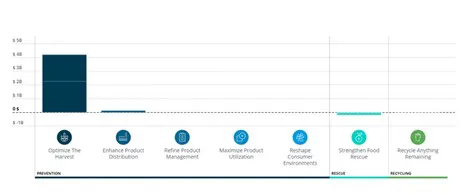
The chart shows the annual financial potential for food loss reduction solutions in the U.S. (Source: refed.com)
Economic incentives solve environmental problems
"While for end consumers the focus is on raising awareness of the issue, for companies in food production and processing, there is an effort to provide economic incentives in addition to environmental ones. We want to sustainably support this movement with our solutions," says Georg Karner.
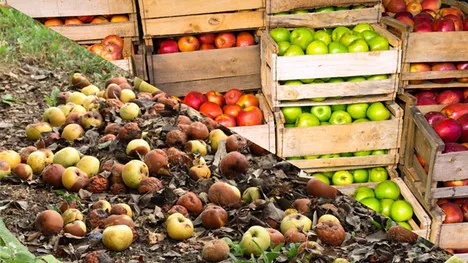
Rejects & optimal product
"Under the slogan 'Farm-To-Fork', the EU wants to promote solutions and measures that improve the European food system in the areas of sustainability and circular economy.
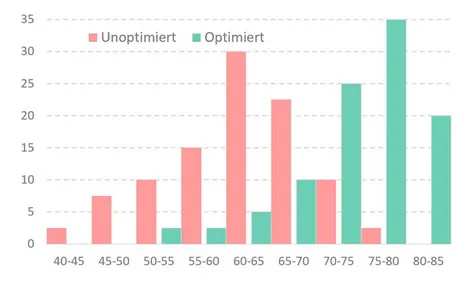
Fruit sizes can be optimized through targeted measures and data collection (Source: Pixofarm.com)
Pixofarm starts at the very beginning of the chain - if growers can more easily achieve the characteristics of their fruit that are demanded by the market, such as optimal fruit size, then this reduces the amount of rejects. At the same time, this has a balancing effect on the market. Examples of these losses in the field are now all too familiar: images of cucumbers that are too crooked or fruit that is not visually perfect or damaged, through to entire harvests rotting on trees, have stuck in the minds of many from recent years. Not to mention growers having to destroy their crops due to dumping prices.
Production and harvest forecasts based on artificial intelligence have the potential to drastically reduce the amount of produce spurned by the market through process optimization. Already at harvest, the biggest food losses occur, so the optimization of harvest results holds the greatest potential for farmers to avoid food loss.
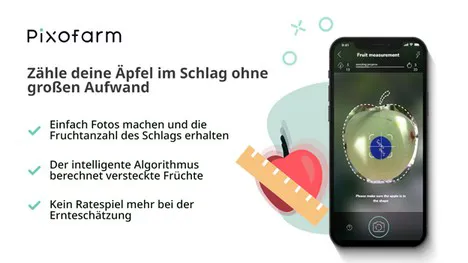
AgTech startup Pixofarm offers a digital solution for crop counting and yield estimation using a smartphone (Source: Pixofarm.com)
Crop monitoring and forecasting
Digitization helps immensely with this goal, Karner says: "All innovative solutions in this area are evaluated based on four main criteria: Data availability, cost-effectiveness, scalability and implementability. With the help of real-time data from farms, farmers, associations, packaging and processing companies can find the right partners and buyers for their products at an early stage. This opens up huge revenue potential for farmers, and they want to take advantage of it."
"At Pixofarm, we deal with crop optimization. Thanks to harvest monitoring and forecasting for fruit producers, we help achieve optimal fruit sizes and quantities. Effectively, we avoid waste before it occurs," Karner concluded.
For more information:
Georg Karner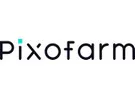
Business Development Manager
Tel. +43 660 3591438
georg@pixofarm.com
www.pixofarm.com
